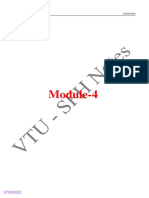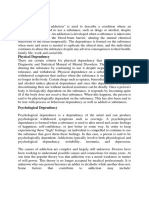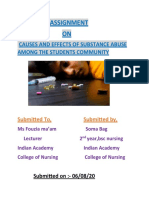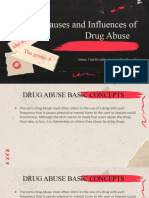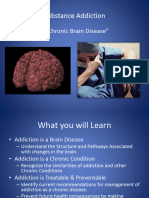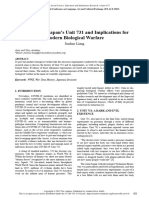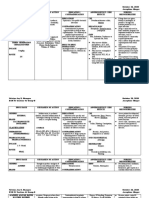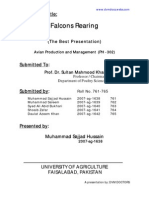0% found this document useful (0 votes)
16 views15 pagesSFH Module 4
Module 4 of the Scientific Foundations of Health focuses on avoiding risks and harmful habits, particularly addiction and its characteristics, types, and recovery methods. It discusses the mental disorder aspect of addiction, its effects on health, social behavior, and the importance of recognizing and treating substance use disorders. The module emphasizes the need for a comprehensive treatment approach that includes professional support, behavioral therapies, and addressing co-occurring issues.
Uploaded by
nikhilreddy76350Copyright
© © All Rights Reserved
We take content rights seriously. If you suspect this is your content, claim it here.
Available Formats
Download as PDF, TXT or read online on Scribd
0% found this document useful (0 votes)
16 views15 pagesSFH Module 4
Module 4 of the Scientific Foundations of Health focuses on avoiding risks and harmful habits, particularly addiction and its characteristics, types, and recovery methods. It discusses the mental disorder aspect of addiction, its effects on health, social behavior, and the importance of recognizing and treating substance use disorders. The module emphasizes the need for a comprehensive treatment approach that includes professional support, behavioral therapies, and addressing co-occurring issues.
Uploaded by
nikhilreddy76350Copyright
© © All Rights Reserved
We take content rights seriously. If you suspect this is your content, claim it here.
Available Formats
Download as PDF, TXT or read online on Scribd
/ 15
